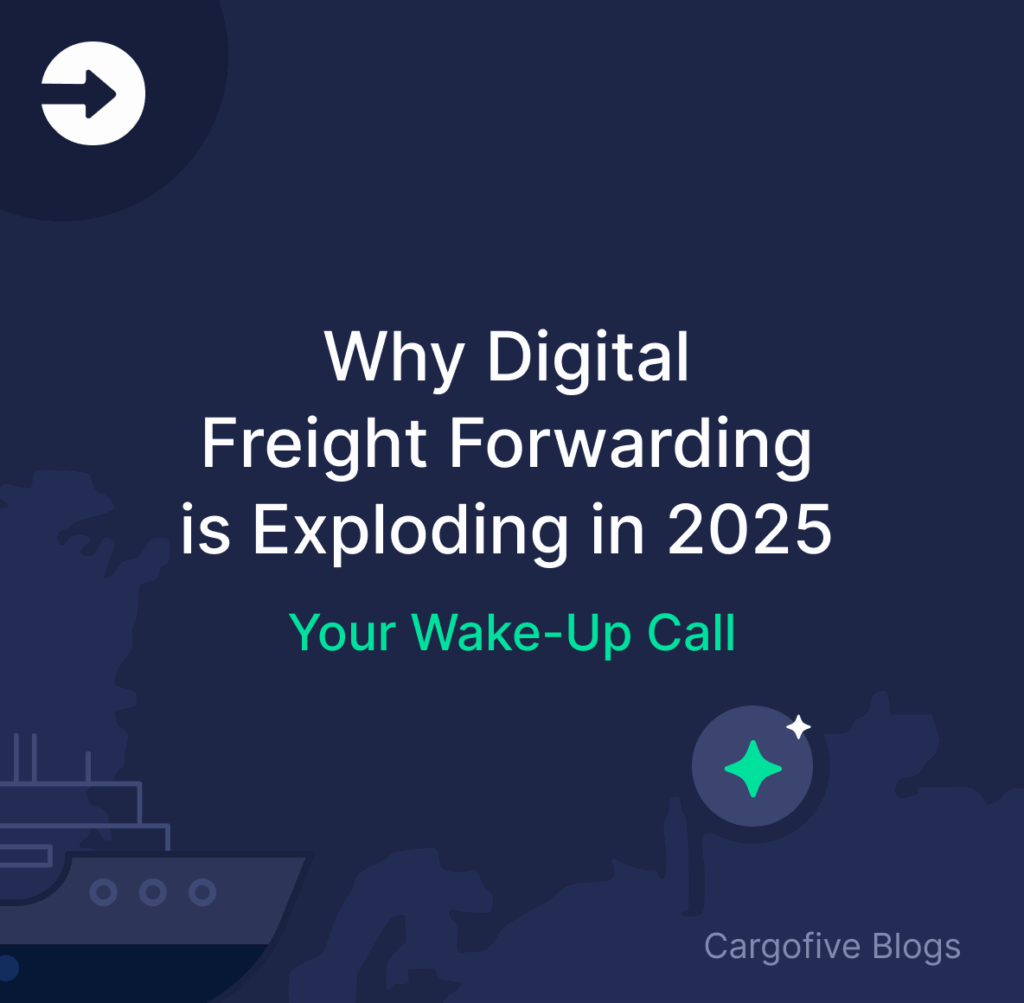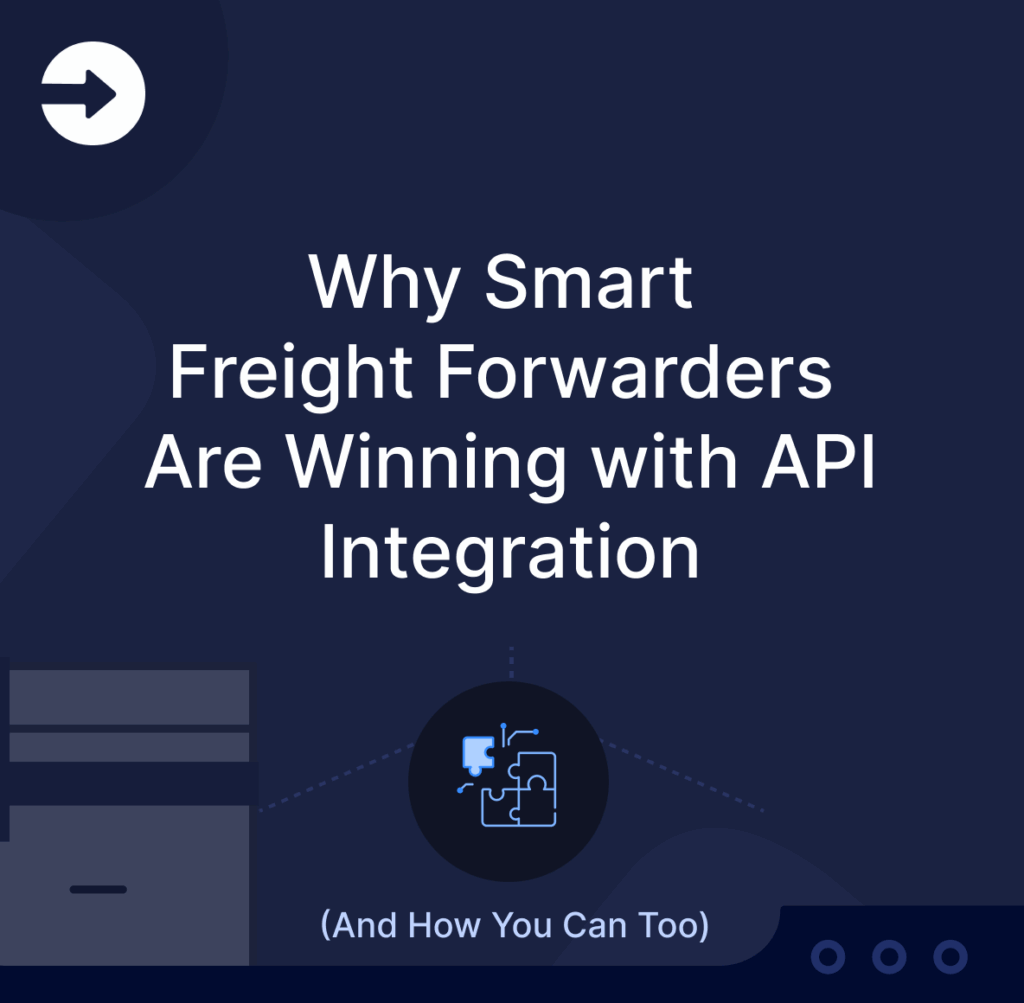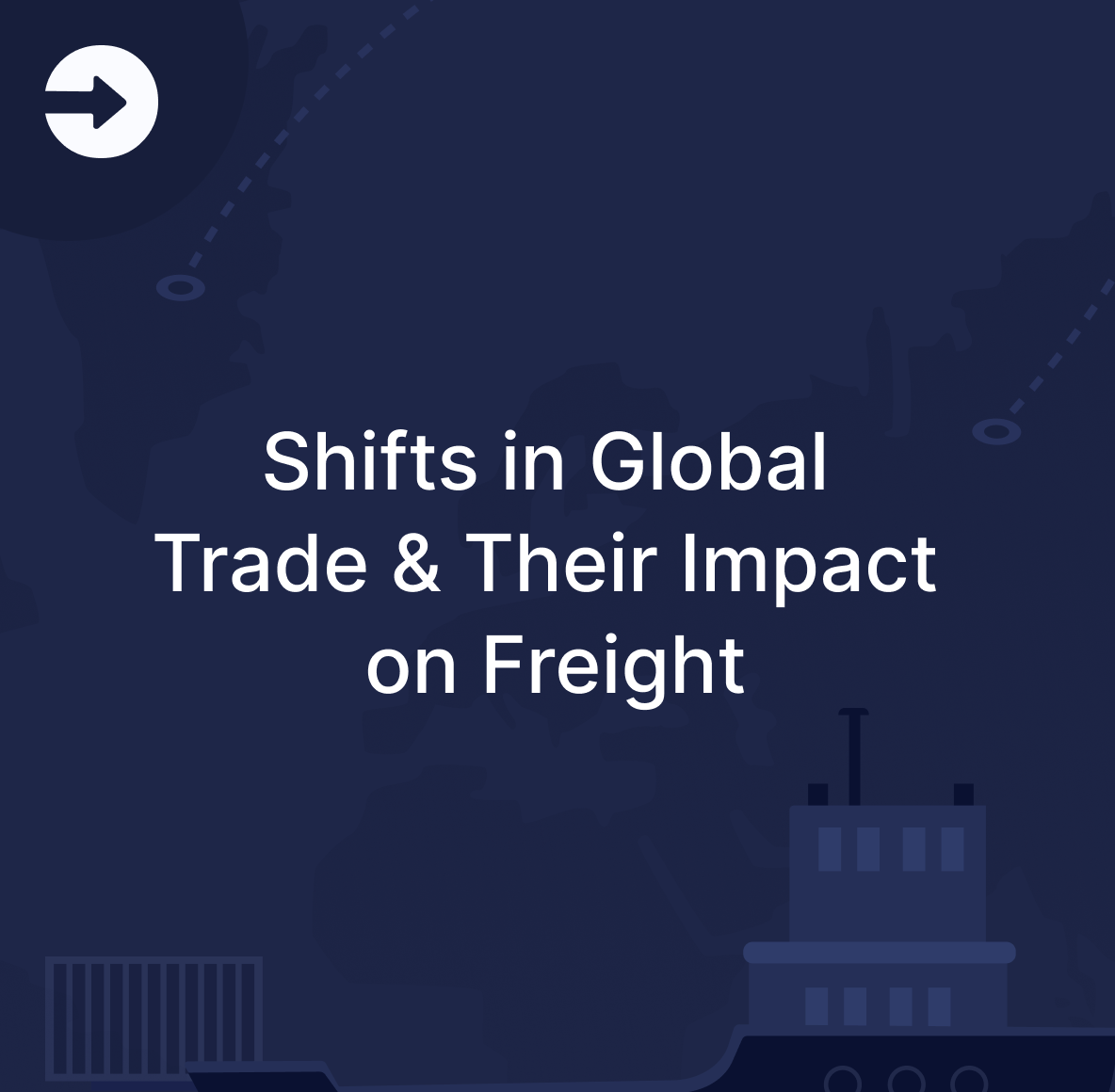Manual freight rate management costs businesses millions annually due to errors, inefficiencies, and wasted time. Digital systems solve these problems, offering faster processes, fewer mistakes, and long-term savings. Here’s what you need to know:
Freight forwarding in 2025 demands smarter, faster, and more secure software solutions. Here’s what you need to know to stay competitive:
Key Features to Look For:
- Real-Time Shipment Tracking: Tools that provide live updates to prevent delays.
- Carrier Integration: Automates tasks like rate updates and documentation, saving time and reducing errors.
- Analytics & AI: Predict disruptions, optimize routes, and make data-driven decisions.
- Automation: Streamlines processes such as contract management and document handling with tools like Cargofive.
- System Integration: Ensure smooth ERP/TMS connectivity for centralized data and fewer errors.
- Data Security & Compliance: Protect sensitive data with encryption, multi-factor authentication, and compliance with regulations.

Why It Matters: These features improve efficiency, cut costs, and enhance visibility across supply chains. The right software can reduce delays by up to 30% and operational costs by 15%.
Quick Overview
| Feature Category | Benefits |
|---|---|
| Real-Time Tracking | Prevent delays, improve accuracy |
| Carrier Integration | Automate tasks, simplify paperwork |
| Analytics & AI | Predict disruptions, optimize decisions |
| Automation | Reduce manual work, speed up operations |
| System Integration | Centralized data, real-time updates |
| Security & Compliance | Safeguard data, meet global regulations |
What’s Next: As IoT and AI evolve, freight software must adapt to provide smarter, integrated solutions for the future. Keep these features in mind to choose the best tools for your logistics needs.
Key Software Features for Freight Forwarding
Freight forwarding software today needs to handle the growing complexities of logistics.
Below are some of the must-have features that define effective freight management tools in 2025.
Real-Time Shipment Tracking
Keeping tabs on shipments in real-time is no longer optional.
In fact, 85% of logistics professionals say it’s vital for managing disruptions in the supply chain.
Tools that offer live updates and notifications ensure shipments are always visible and delays are addressed quickly.
Advanced logistics platforms excel in this area. by integrating with a wide range of carriers to provide precise tracking, accurate delivery estimates, and early warnings for delays.
While tracking is essential for visibility, having smooth carrier integrations is just as important for efficient operations.
Carrier Integration
Integrating with carriers simplifies many manual tasks, like selecting the right carrier, updating rates, and managing documentation.
For example, Cargofive’s contract processing engine automates rate management and creates quotes across various shipping lines.
Here’s how carrier integration can improve operations:
| Feature | Benefit |
|---|---|
| Automated Carrier Selection | Saves time by automating the choice of optimal carriers |
| Real-Time Rate Updates | Keeps pricing accurate and competitive |
| Documentation Management | Simplifies paperwork across carriers |
| Performance Analytics | Helps make smarter, data-driven carrier decisions |

Analytics and AI
Analytics and AI tools are becoming central to freight management. AI tool provides predictive insights and optimize supply chains.
These technologies help freight forwarders:
- Predict potential disruptions before they escalate
- Fine-tune routing and carrier choices
- Use historical data for better planning
- Automate repetitive decision-making processes
With 70% of logistics companies planning to invest in AI by 2025, these tools are shaping the future of the industry.
They meet the growing need for more transparency, efficiency, and cost control in logistics.
These features are a must for staying competitive in freight forwarding as the industry evolves.
Capabilities Needed for Competitive Freight Forwarding
Freight forwarding software needs to go beyond individual features to offer capabilities that keep businesses ahead in a competitive market.
Automation of Tasks
Automation plays a crucial role in modern freight forwarding.
For example, Cargofive’s contract processing engine handles rate management for over 25 shipping lines, cutting down on manual input and reducing errors.
Here’s how automation impacts business operations:
| Automation Feature | Business Impact |
|---|---|
| Contract Processing | Speeds up workflows by eliminating manual reviews |
| Rate Management | Keeps rates updated in real time |
| Quote Generation | Provides instant, accurate quotes |
| Document Handling | Streamlines paperwork and ensures compliance |
Integration with ERP/TMS Systems
Efficient freight forwarding requires smooth integration with enterprise systems.
Solutions like Cargofive facilitate automated data exchange, streamlining operations and minimizing mistakes.
Benefits of integration include:
- Centralized data with automated syncing
- Real-time updates on inventory and shipping
- Reduced duplicate entries and fewer errors
Data Security and Compliance
As of 2025, ensuring strong data security and regulatory compliance is non-negotiable for freight software. Cloud-based platforms must prioritize protecting sensitive information.
Key security measures include:
- Advanced encryption to safeguard data
- Multi-factor authentication for secure access
- Routine security audits and updates
- Adherence to GDPR and other global data protection regulations
Summary of the Checklist
Freight forwarding software needs a range of critical features to stay competitive in the fast-changing logistics industry.
The table below outlines key features and their practical applications, giving a clear view of what the industry demands:
| Feature Category | Key Requirements |
|---|---|
| Analytics & AI | – Route optimization – Delay prediction – Cost analysis |
| System Integration | – ERP/TMS connectivity – API availability – Data synchronization |
| Security & Compliance | – Advanced encryption – Multi-factor authentication – Regulatory compliance |
| Automation Tools | – Document processing – Quote generation – Contract management |
By 2025, effective freight solutions will combine these features seamlessly. Tools such as Cargofive simplify updates and ensure compliance with evolving standards.
These integrated capabilities are shaping the future of freight forwarding software, meeting the demands of an ever-changing logistics landscape.
Key Features Recap
Freight forwarding software in 2025 is built on four core pillars that drive market success and operational efficiency:
| Pillar | Benefits |
|---|---|
| Predictive Analytics | Optimizes routes, prevents delays |
| System Integration | Simplifies multi-platform operations |
| Security Framework | Safeguards data, ensures compliance |
| Process Automation | Cuts down manual tasks |
Research highlights how these solutions can cut costs by up to 15% and reduce delays by as much as 30%.
As freight forwarders, you should leverage tools that streamline workflows while ensuring security and compliance standards, taking advantage of the innovative solutions available in the market.
Future Trends in Logistics
“Real-time transportation visibility platforms are crucial for managing potential disruptions caused by factors such as traffic, weather conditions, or customs delays.”
The integration of IoT and advancements in AI are shaping the future of freight software.
These technologies enable real-time monitoring and smarter decision-making.
IoT sensors are offering new levels of visibility, while AI provides deeper insights for optimizing supply chains.
As these tools evolve, freight forwarding software will need to keep pace.
Leading platforms are already adopting API-ready systems that can integrate new features while preserving strong foundational capabilities.
Staying competitive in the increasingly digital logistics space will require solutions that meet today’s needs while embracing tomorrow’s innovations.
AUTHOR



